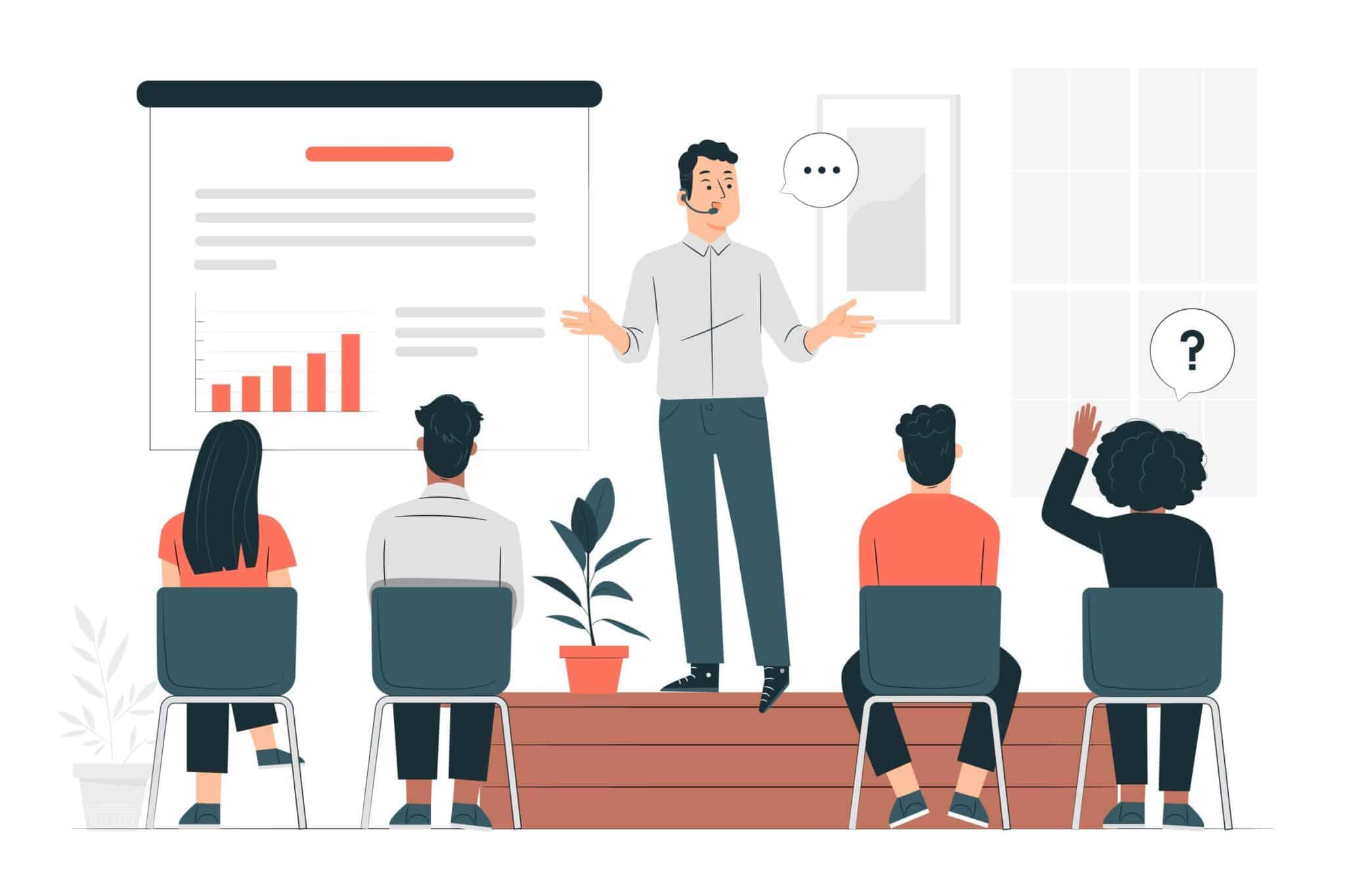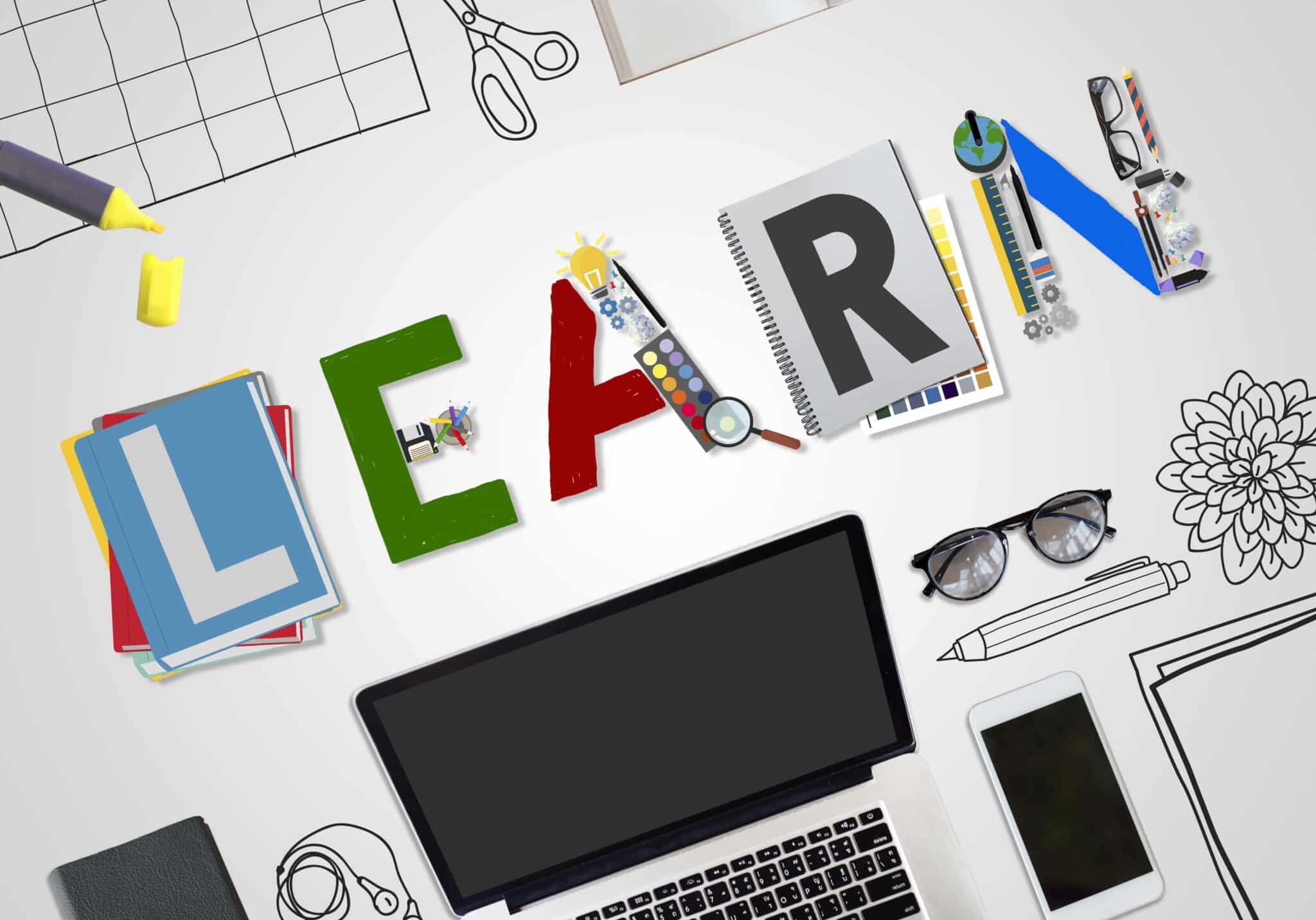There is a significant difference between acquiring knowledge for its own sake and practicing with the intent of achieving mastery. Over the years, in our work with professionals across industries – from technology to consulting to FMCG – we’ve seen firsthand how those who consistently rise to the top are not necessarily the most talented to begin with. Rather, they are the ones who engage in deliberate, structured, and purposeful practice.
Whether it’s in writing, teaching, sports, programming, music, medicine, or leadership, the science is clear: to move from competence to excellence, deliberate practice is non-negotiable. For L&D professionals and HR leaders, understanding the mechanics of deliberate practice is key – not just for designing impactful learning interventions, but also for enabling a growth culture within organizations.
What Is Deliberate Practice; and Why Does It Matter?
Table of Contents
Unlike routine practice or repetition, deliberate practice is intentional, structured, and focused on improving performance. As Anders Ericsson, the renowned psychologist who coined the term, emphasized: deliberate practice involves constantly pushing yourself beyond your current abilities, seeking feedback, and focusing on specific areas for improvement. It’s this deliberate effort that turns good into great and great into exceptional.
In our experience, especially when facilitating leadership development programs, we often meet managers who have years of experience but have hit a plateau. The root cause? Regular, habitual practice without feedback or reflection. Without deliberate practice, they are repeating the same actions year after year, never truly refining their skill set.
Here are ten principles we believe are critical for mastering any skill through deliberate practice, updated with modern perspectives and insights from our work across numerous corporate learning journeys:
1. Start with Clear, Specific Goals
We’ve noticed that clarity is the foundation of any meaningful improvement. It’s not enough to say, “I want to be a better presenter.” Instead, define what “better” means – more confident body language? Greater audience engagement? Fewer filler words?
Specificity helps learners track their progress, and it gives facilitators and coaches a clear direction to guide improvement.
“A man with clarity reaches his goal sooner than the man with confidence.” – Amit Kalantri
Related Reading: 10 Fool-Proof Ways to Ruin Your Presentation
2. Practice with Discipline and Structure
Deliberate practice is not random or ad hoc. In our team-based learning modules, we’ve seen better outcomes when learners break down a skill into micro-skills and tackle them methodically. For example, learning negotiation isn’t one skill – it’s active listening, persuasive framing, reading non-verbal cues, and so on.
Self-discipline ensures that learners keep going even when the learning curve is steep. We’ve found that gamifying practice or setting up accountability partners within peer groups can significantly help sustain disciplined practice.
Related Reading: How can Gamification be used as a Learning Tool for Your Organisation?
3. Step Outside the Comfort Zone
True learning begins when comfort ends. This is perhaps the most challenging but most rewarding part of deliberate practice. In our coaching sessions, we often use Tichy’s three-zone model: Comfort Zone, Learning Zone, and Panic Zone. The learning zone is where growth happens – and it’s never comfortable.
By intentionally designing learning experiences that nudge participants into discomfort (but not panic), we’ve seen faster breakthroughs.
Related Reading: 20 Ideas To Break Out Of Your Comfort Zone
4. Pace Yourself: Recovery Is Part of Progress
Deliberate practice is mentally taxing. One misconception we’ve encountered in high-performing teams is that more is always better. But in reality, the brain needs downtime to internalize learning.
We recommend that practice sessions be no longer than 90-120 minutes of deep work. Many of our leadership development programs incorporate mindfulness and reflective journaling to aid recovery and cognitive integration.
5. Feedback Is Fuel
Without feedback, practice can quickly become stagnant. We emphasize creating feedback loops – peer reviews, mentor feedback, video playback, and even AI-based learning analytics. All of these offer learners tangible data points to work with.
In our programs, structured reflection tools are often the game-changers. For example, after a role-play, asking learners to rate themselves on predefined criteria before hearing peer feedback encourages greater self-awareness.
Related Reading: How To Give Effective Feedback?
6. Find a Coach or Mentor
Having someone to guide, challenge, and support you makes all the difference. Whether it’s a senior leader, a peer mentor, or a professional coach, an external perspective can unlock powerful insights.
We’ve seen that coaching relationships are particularly impactful when the coach doesn’t just point out gaps but helps the learner understand why a gap exists and how to bridge it. In many of our training sessions, we have built in buddy systems and coaching triads to simulate this experience.
7. Tap into Intrinsic Motivation
In our experience, the most enduring improvements happen when learners are intrinsically motivated. Yes, rewards, promotions, and recognition play a role—but the internal drive to get better is what sustains the practice over months and years.
We encourage L&D leaders to align skill development with personal goals and meaning. For example, tying presentation skills to one’s aspiration to be a thought leader can boost commitment and consistency.
Related Reading: 4 Popular Myths About Motivation
8. Make a Long-Term Investment
Skill mastery is a marathon, not a sprint. In our coaching work, we often remind learners that even the best athletes or performers continue to practice daily, even after reaching the top.
Winston Churchill rehearsed his speeches countless times. Serena Williams spends hours each day practicing even the most basic moves. Excellence requires patience and a long-term view.
9. Practice with Intense Focus
In a world of distractions, one of the biggest differentiators we’ve observed among top learners is their ability to engage in deep, focused work. We often guide our learners to create distraction-free environments: turn off notifications, set clear goals for each practice session, and avoid multitasking.
As facilitators, we must model and teach focus as a skill in itself.
10. Use the Spacing Effect
We’ve seen learning retention increase dramatically when sessions are spaced out instead of delivered in a single chunk. Spaced repetition helps consolidate memory and refine skills over time.
In designing learning journeys, we always try to replace one-time workshops with multi-touchpoint engagements spread over weeks or months. This also allows for real-life application and iteration.
Related Reading: The anatomy of impactful learning experiences
Corporate L&D Takeaways
Deliberate practice isn’t just for athletes or musicians – it’s equally relevant for leadership, communication, emotional intelligence, and other workplace skills. From an L&D perspective, here’s how organizations can foster deliberate practice:
- Design Learning Journeys, Not Events: Break down skills into micro-competencies and create long-term development paths.
- Encourage Psychological Safety: Learners must feel safe to make mistakes if they are to engage in true deliberate practice.
- Incorporate Feedback Mechanisms: Include 360-degree reviews, peer learning groups, and real-time coaching to close the feedback loop.
- Embed Practice in the Flow of Work: Give employees space and opportunity to practice what they learn on the job.
- Celebrate Effort and Progress: Acknowledge not just achievements but also the effort invested in skill development.
We’ve seen that the organizations that truly commit to deliberate practice see a step-change in employee performance and engagement.
To wrap up, we’ll leave you with this:
“Don’t practice until you get it right. Practice until you can’t get it wrong.” – Ziad K. Abdelnour
What are some deliberate practice strategies that have worked for you or your teams? We’d love to hear your thoughts!









